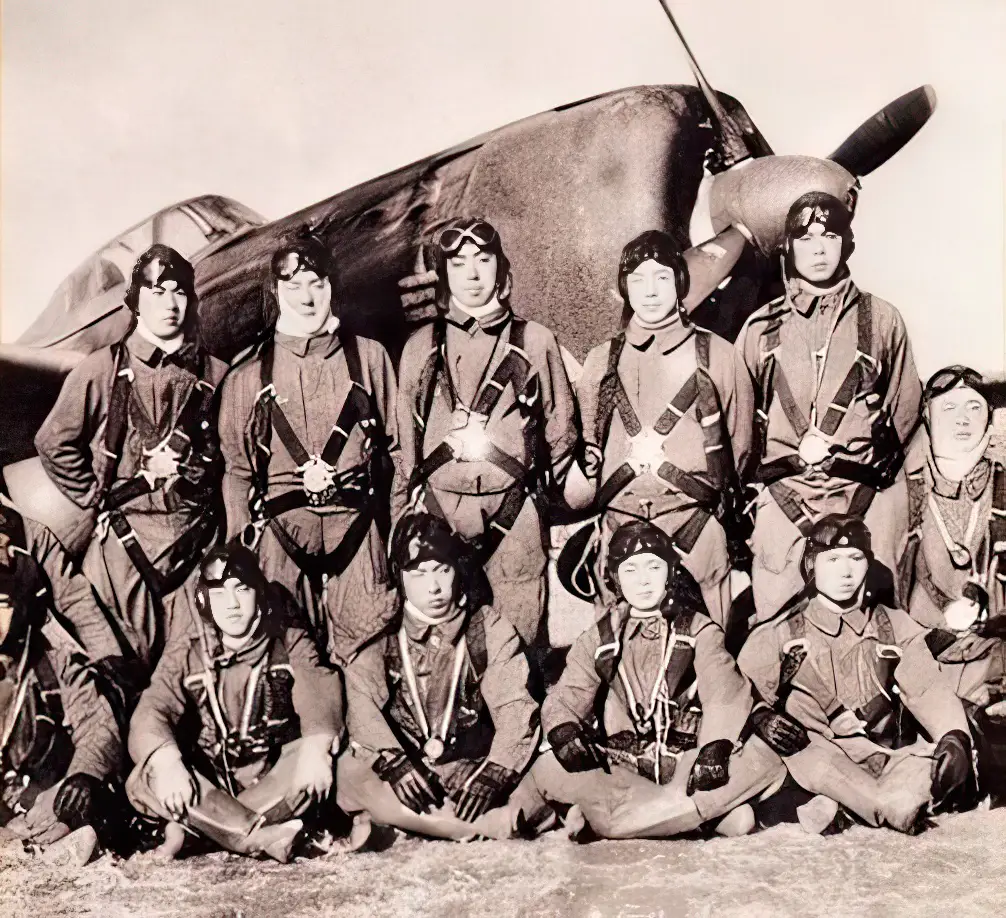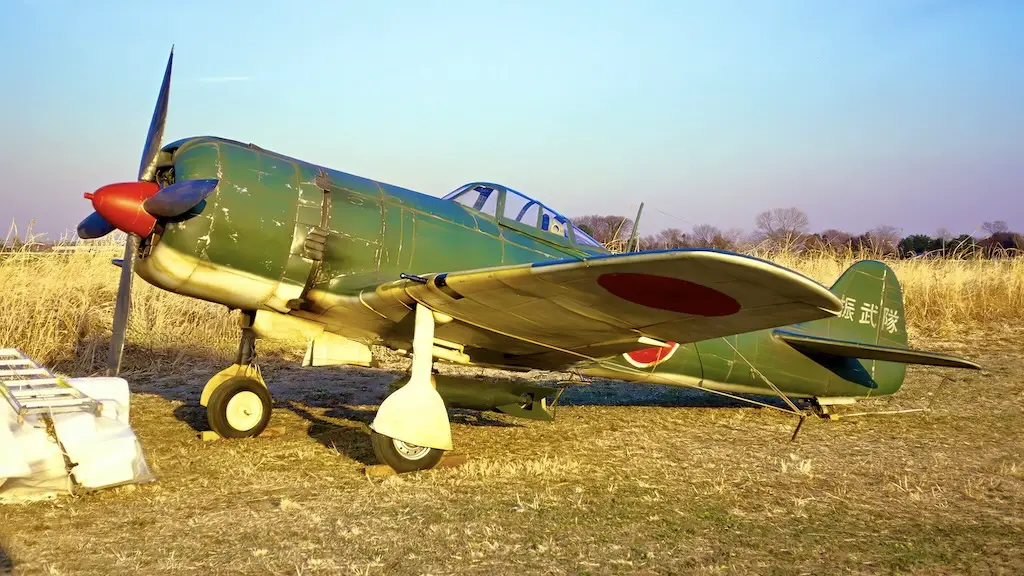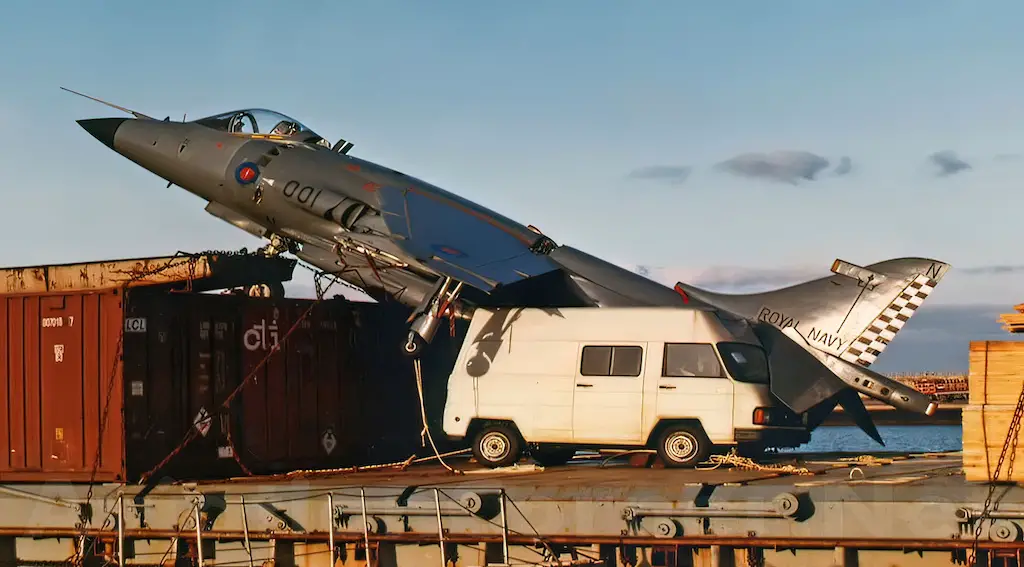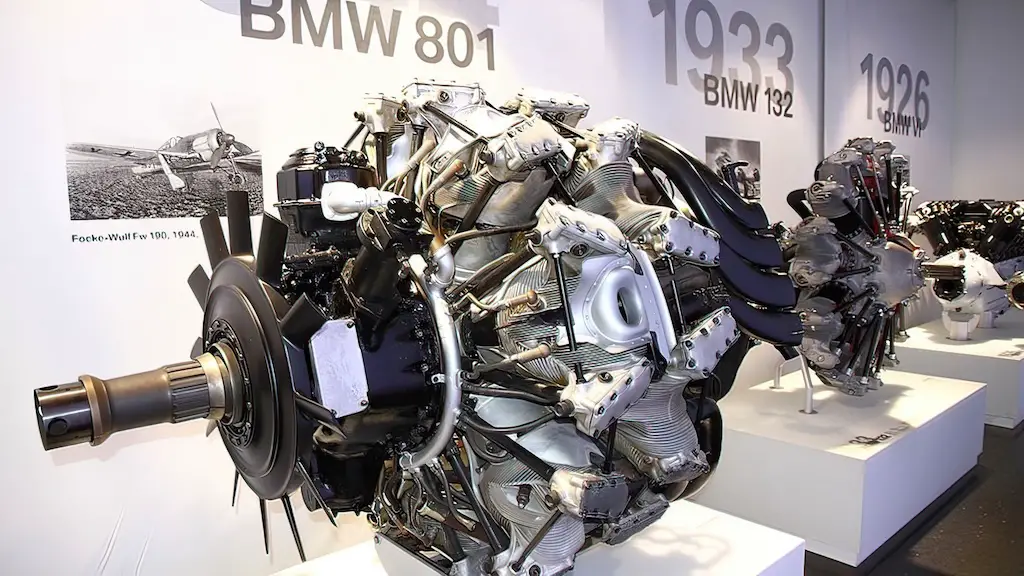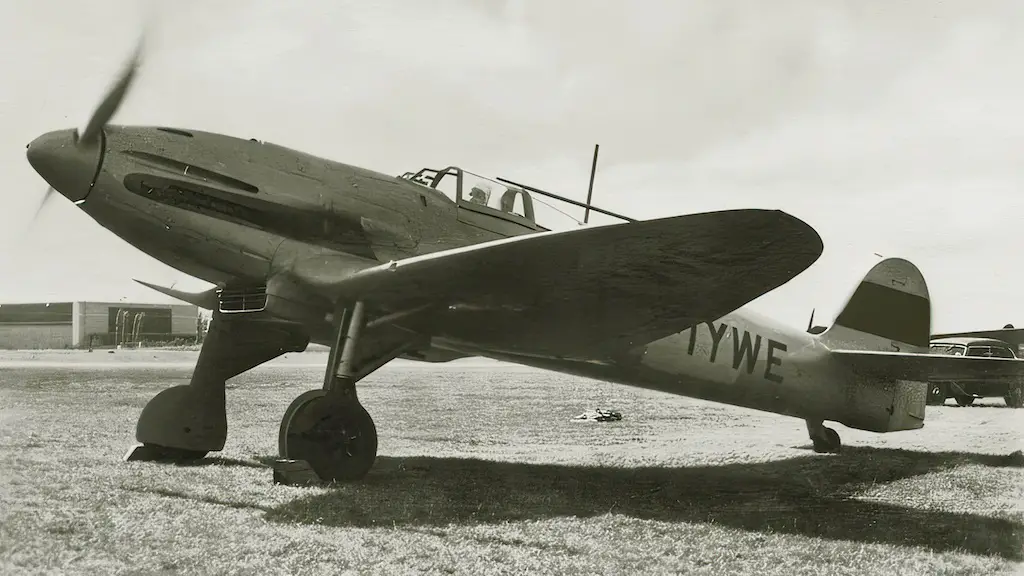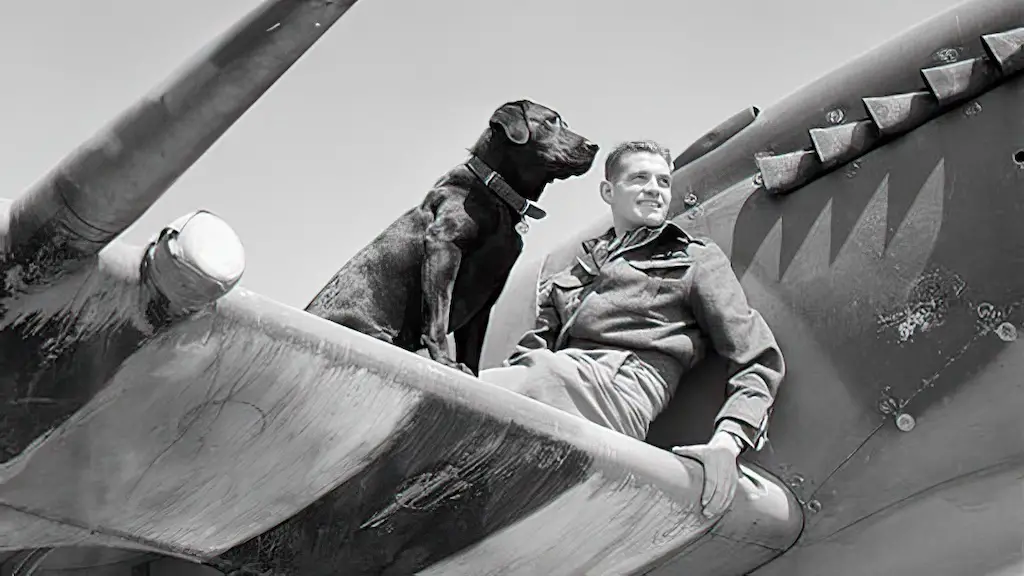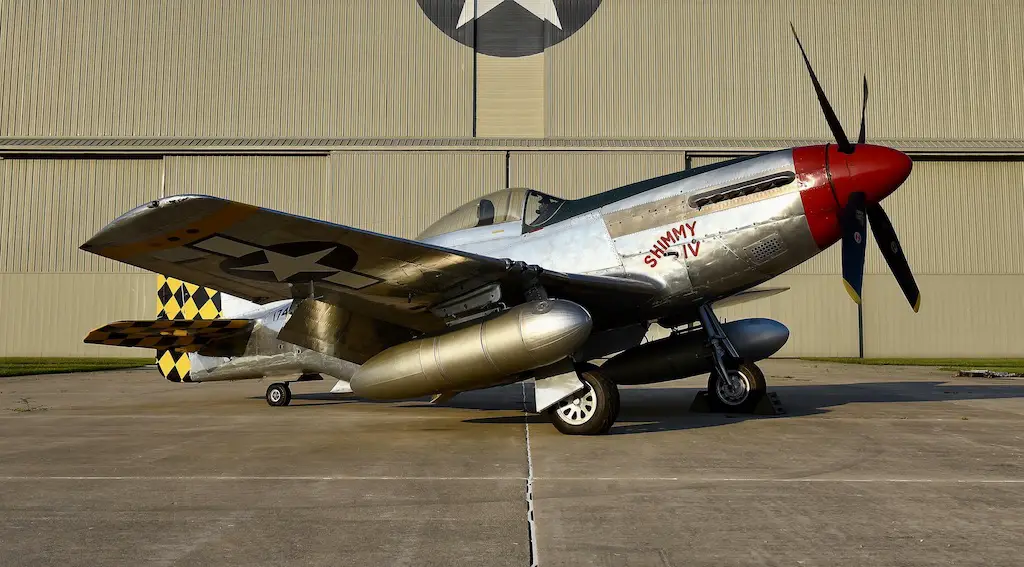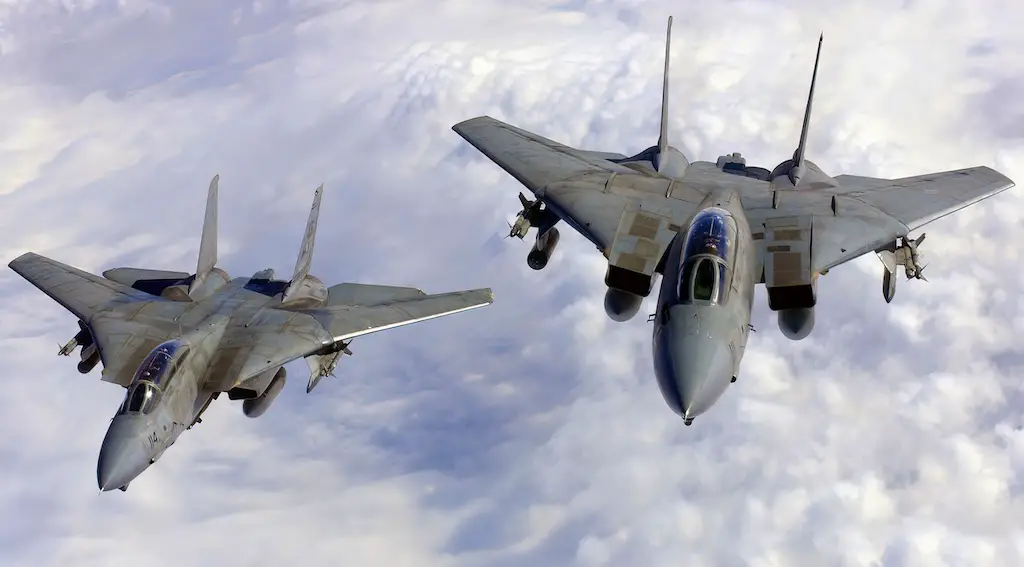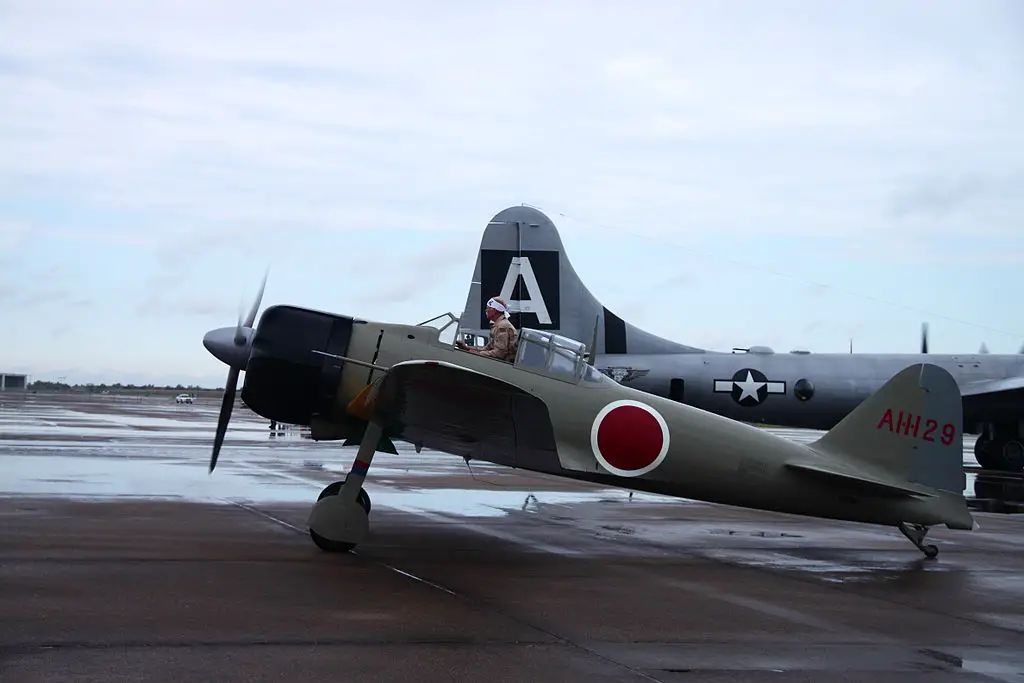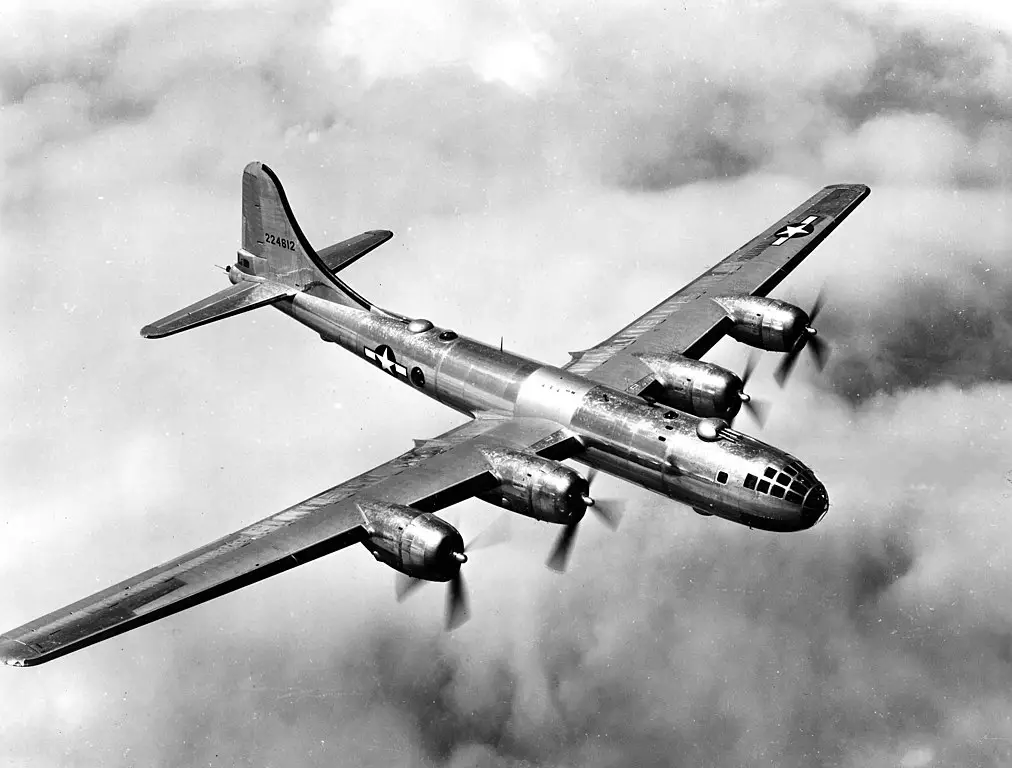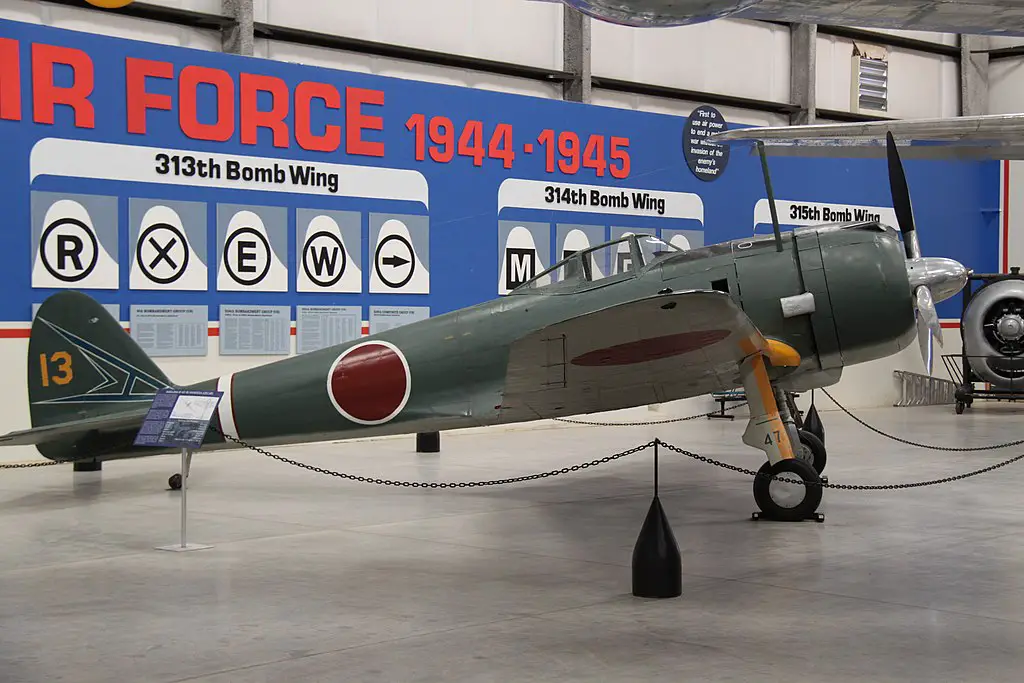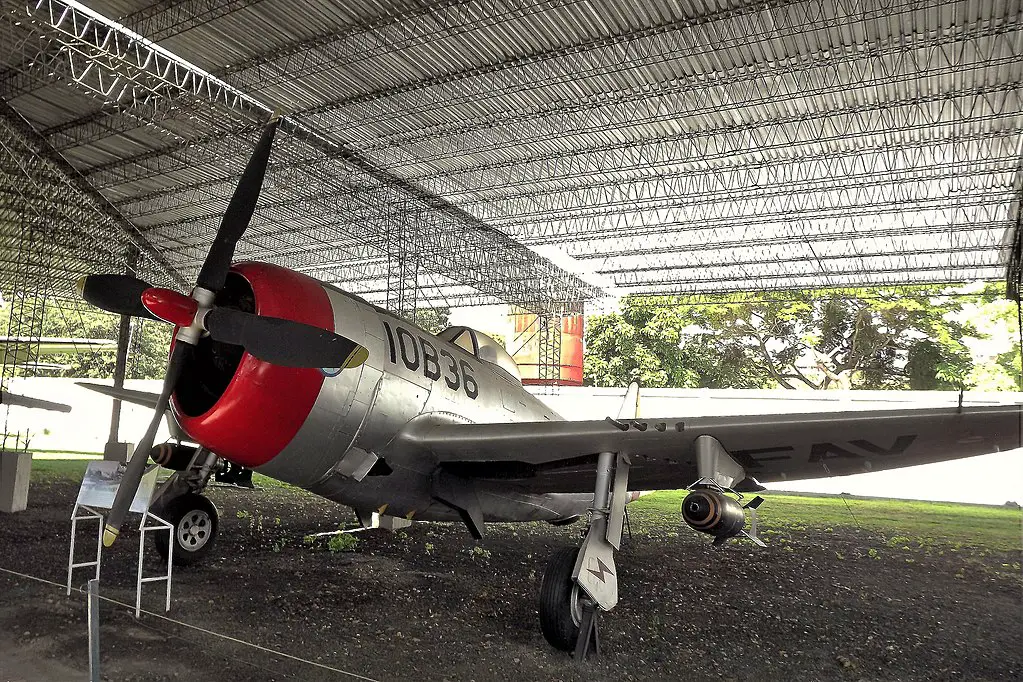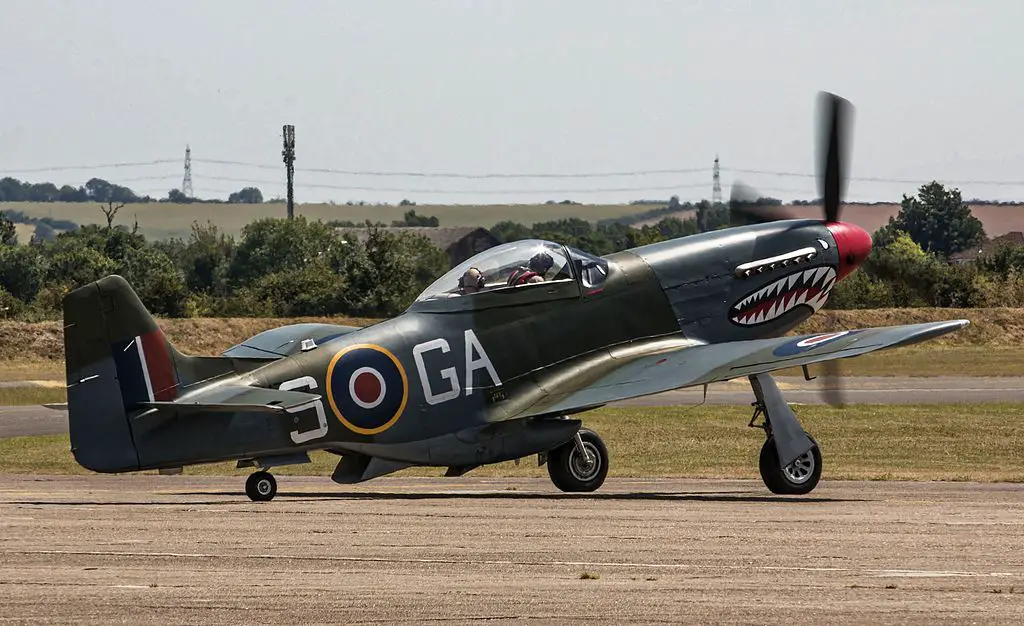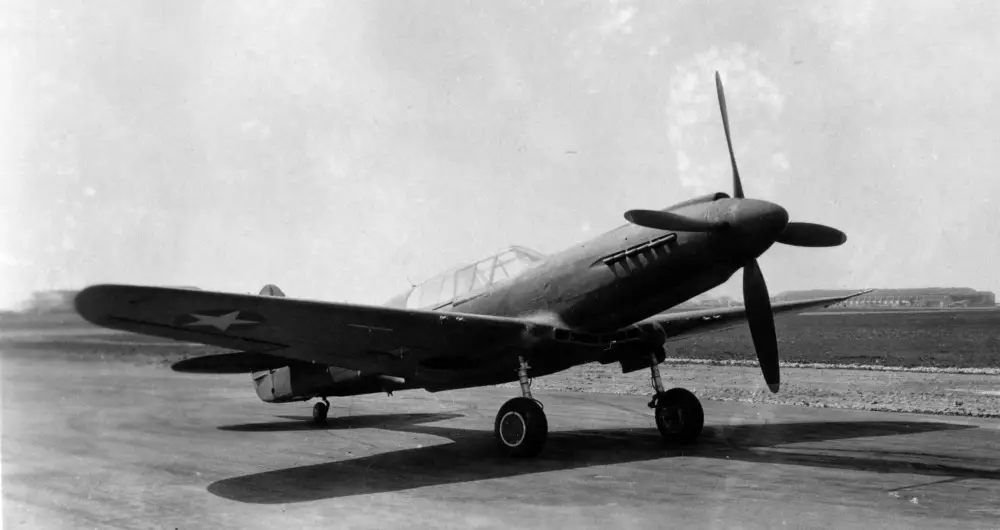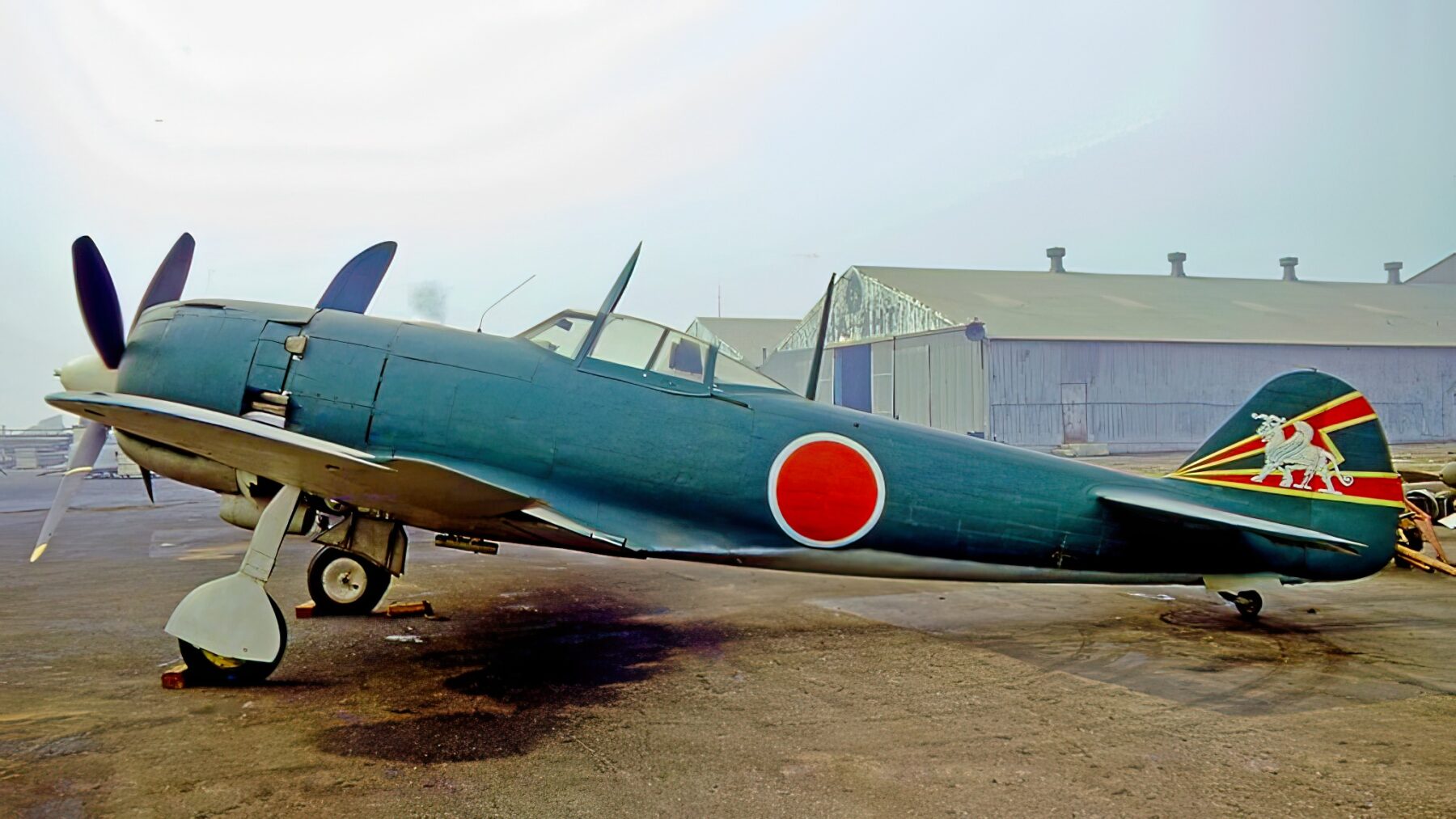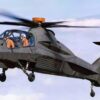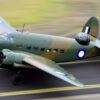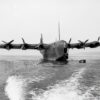Nakajima Ki-84 Hayate, known among the Allies as “Frank,” was the fastest Japanese single-engine piston fighter that went into combat during the Second World War. And, although the most faithful fans of Mitsubishi A6M Zero might argue about this one, it was probably the best of all mass-produced Japanese fighter aircraft. Agile and well-armed, it was a threat to reckon with for crews of B-29 Superfortresses and a serious adversary even for top Allied fighters throughout the last year of the Pacific War.
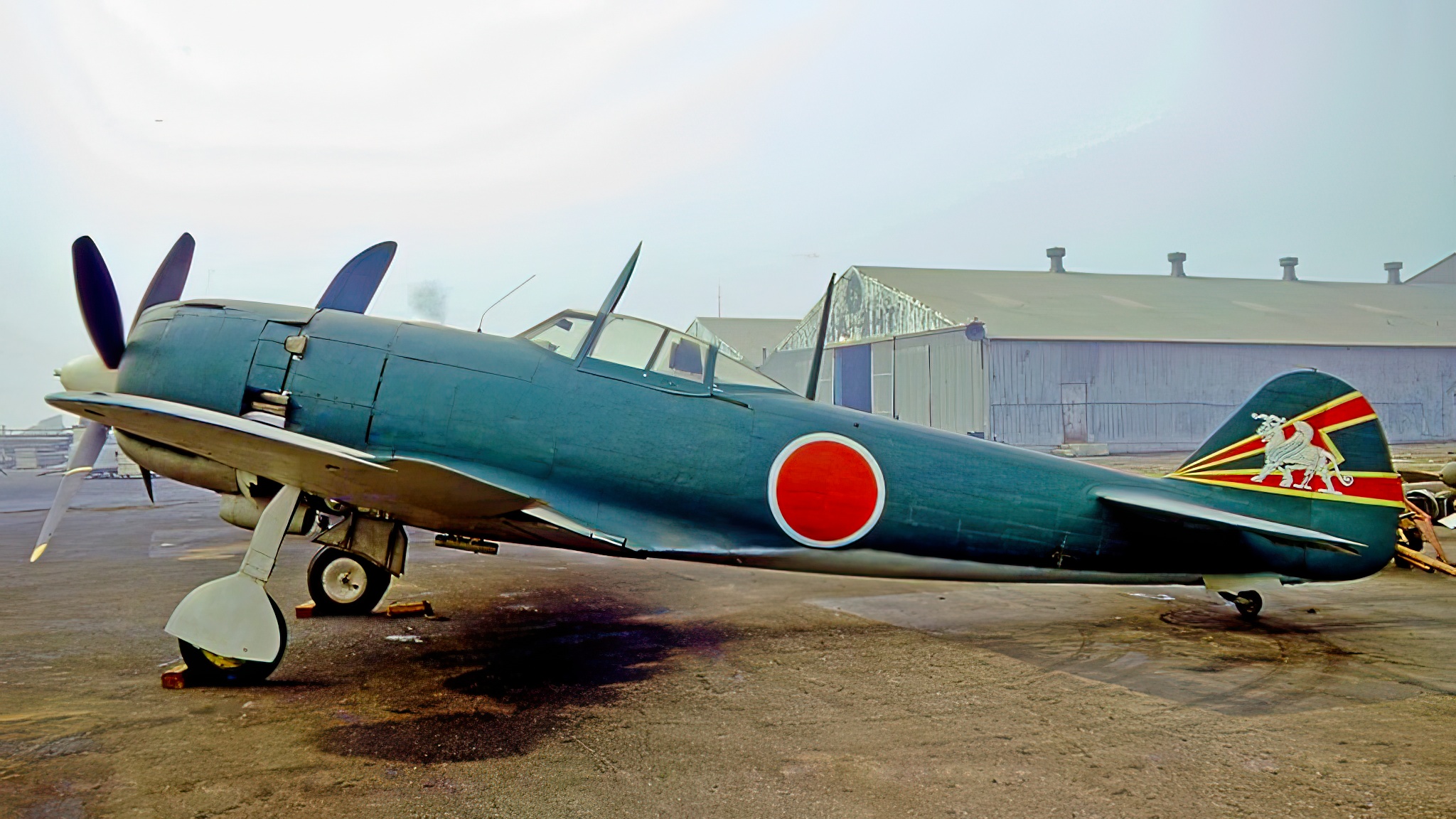
A successor to Oscar
In early 1942, Nakajima began working on a new design intended to succeed its earlier fighter aircraft, the Ki-43 Hayabusa, Allied reporting name “Oscar.” The first prototype flew in April 1943 and by the end of that year the Ki-84 was ordered into full-scale production. The Ki-84 was armed by two fuselage-mounted .50in machine guns and two wing-mounted 0.79in cannons. It thus exceeded in firepower both Oscar and Zero.
With self-healing fuel tanks and more armor, the Hayate also had higher chances of survival in combat than those types. Powered by the mighty 2,000-hp Nakajima Homare radial engine, the Ki-84 had a top speed of 391 mph. It was thus only marginally slower than the P-47D Thunderbolt. It also had a higher rate of climb than both Thunderbolt and P-51D Mustang.
Scarcity-driven problems
By the time the Hayate went into production, the war was taking its heavy toll on Japan. The shortage of strategic materials and skilled workers often meant that the Ki-84’s superior design actually materialized in poorly manufactured airframes. High-quality fuel was in short supply as well.
Another problem was the lack of skilled pilots. When the Ki-84 entered service, the Japanese Army Air Service had been decimated by years of war, with few expert pilots remaining in the ranks. And although the Hayate had good handling characteristics and was relatively easy to master, its higher landing speed, compared to is predecessors, was often a serious challenge to rookie pilots.
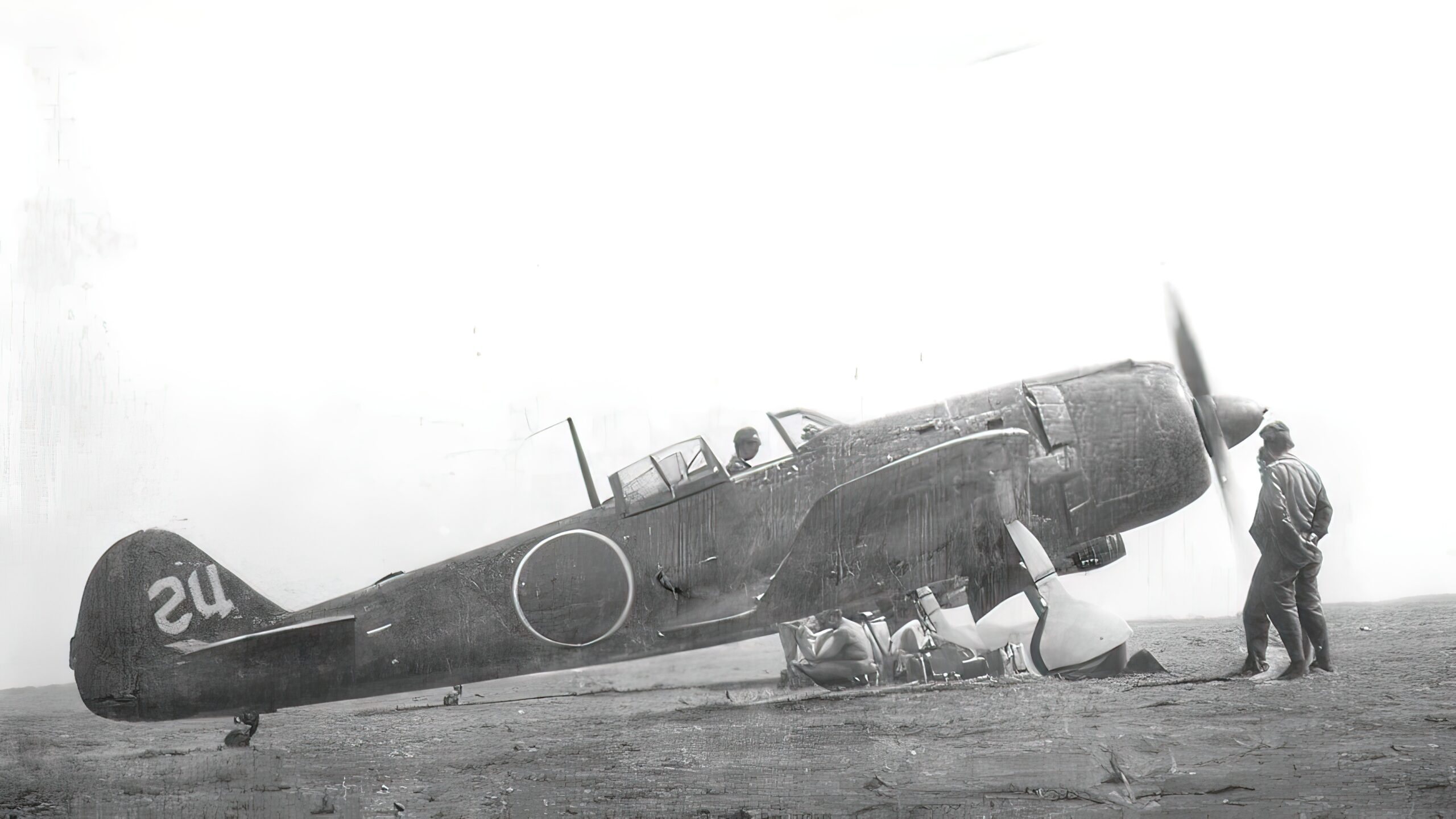
Despite all the shortcomings, the Japanese aviation industry went to great lengths to provide the army with the new aircraft. In December 1944 alone, it delivered 373 Ki-84s, which was the highest production rate for any Japanese army fighter. A total of 3,514 Hayates were manufactured before the war came to an end.
The wooden Frank
The Ki-84 was an all-metal design, but the shortage of light alloy prompted the creation of its alternative versions employing wooden elements. The Ki-84-II variant was produced with wooden wingtips and rear fuselage. In the all-wooden Tachikawa Ki-106 the idea was taken to its extreme. However, this aircraft was first flown in July 1945. By then the war was almost over for Japan.
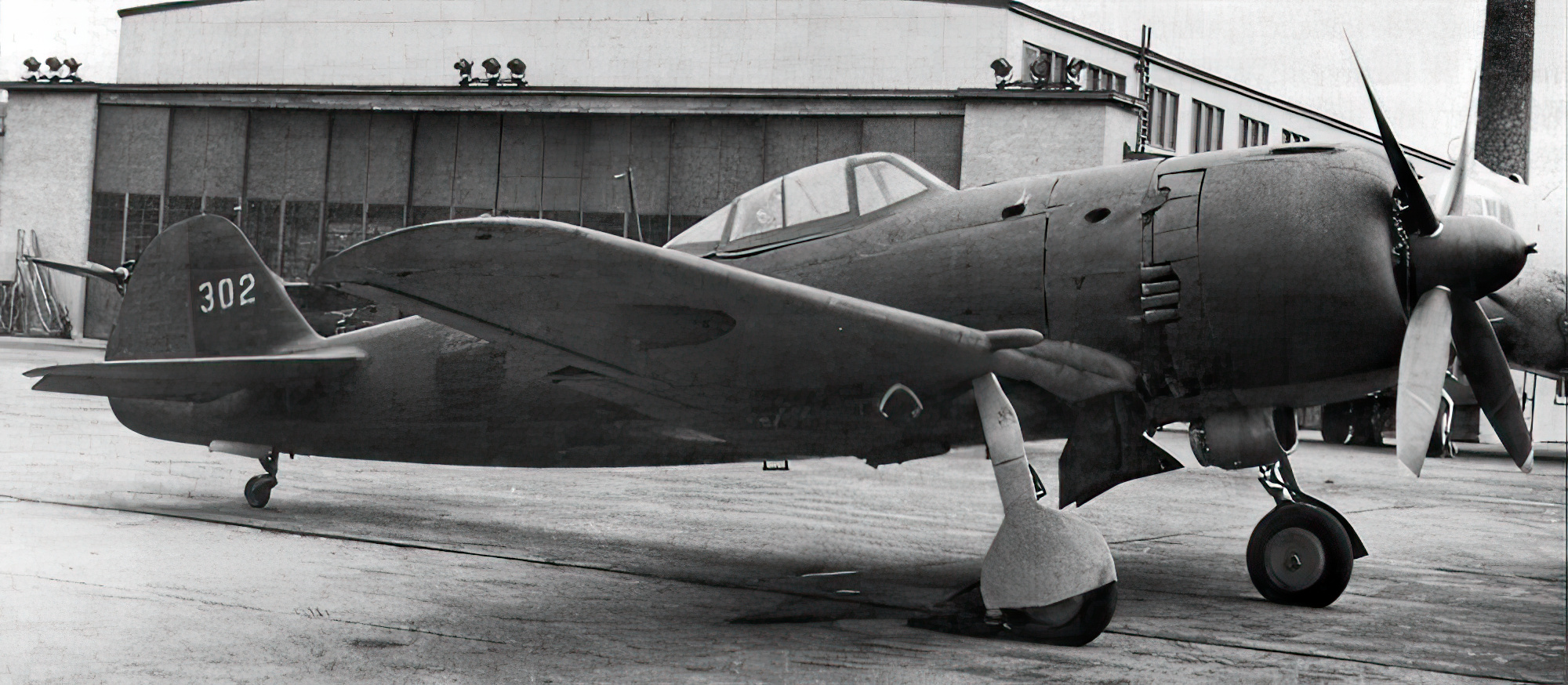
In action
The Hayate entered service in the summer of 1944. Its first major operational involvement came later that year during the Battle of Leyte in the Philippines. From then on it was extensively used all over the theater, both in fighter and ground-attack roles. It was used as a fighter-bomber against US troops on Okinawa and as an interceptor in defense of the Japanese home islands against US long-range bombers. It could easily overwhelm older American aircraft, such as P-40 Warhawk, and fought on equal terms against P-51 Mustangs and P-47 Thunderbolts. In fact, Hayates were more often destroyed on the ground than in dogfights.
